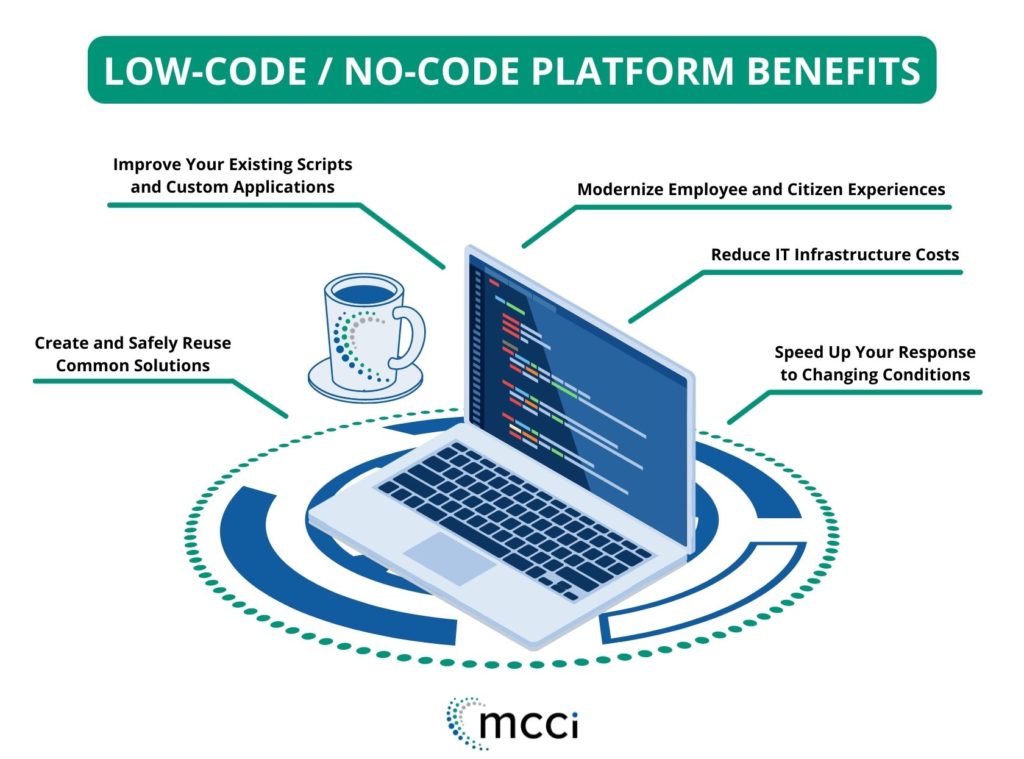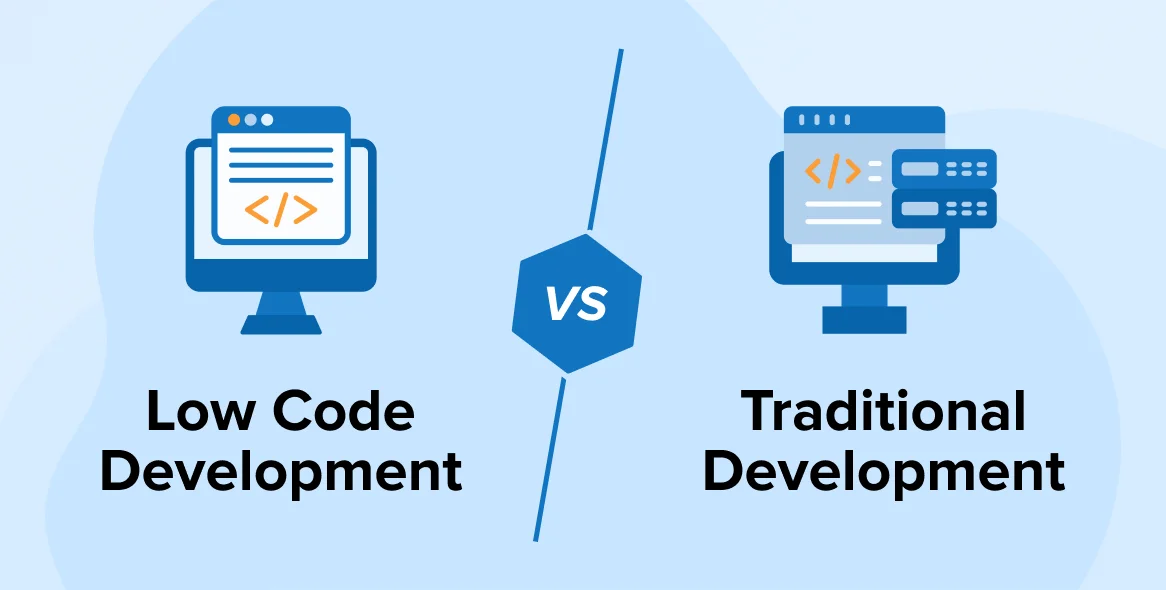Many businesses want to improve efficiency, support their teams, and manage technology changes. They seek the Best Digital Transformation Office Software Solutions to stay competitive. This guide provides details on top tools, their benefits, and their potential drawbacks, with quotes from Tamer Badr, the owner of Singleclic, along with FAQs, and reviews.
Introduction
Organizations often struggle with deciding which tools can deliver results. A Digital Transformation Office usually evaluates software and implements strategies. They look for platforms that promote cooperation, secure data, and guide practical innovation. This approach prevents resource waste and confusion.
Tamer Badr says: “We encourage clients to select software that meets specific goals. Tools must help, not block progress. Our main focus is to improve workflows and avoid chaos.”
People Are Always Asking
Teams and managers frequently ask:
- Is expensive software always better?
- Can free apps match top solutions for reliability?
- Do we need a Digital Transformation Office to use these tools?
These questions highlight the uncertainty around making big technology decisions.
1. Project Management Tools
Project management software helps keep track of tasks, timelines, and resources.
Popular Choices:
- Asana: Visual task boards, setting clear priorities for each team member.
- Trello: Simple boards for daily tasks, easy collaboration.
- Microsoft Project: Advanced scheduling, ideal for larger organizations.
Why It Matters:
- Streamlined Processes: Everyone sees assignments and deadlines.
- Improved Visibility: Managers can spot bottlenecks.
- Coordination: Teams collaborate with fewer emails.
Potential Drawbacks:
- Complex features may overwhelm smaller teams.
- Subscription models can grow pricey with more users.
2. Workflow Automation Platforms
Automation platforms tackle repetitive tasks. They let staff focus on creative work, rather than mundane chores.
Leading Platforms:
- Zapier: Connects thousands of apps, triggers actions seamlessly.
- Power Automate (Microsoft): Integrates with Office 365, simplifies data movement.
- Integrify: Provides forms, approvals, and easy tracking.
Advantages:
- Time Savings: Reduces manual data entry.
- Fewer Errors: Automated steps cut down on mistakes.
- Scalable: Add or adjust workflows as you grow.
Potential Drawbacks:
- Setup can be lengthy.
- High-volume automations may cost more.
3. Cloud-Based Infrastructure
Cloud services allow organizations to operate without large on-site hardware. They usually come with built-in security and scalability features.
Key Offerings:
- Microsoft Azure: Strong integration with Windows-based systems and databases.
- Amazon Web Services (AWS): Wide range of services for computing, storage, and AI.
- Google Cloud: Simplified analytics, machine learning tools, and robust global reach.
Why Choose Cloud:
- Accessibility: Remote teams can work without location limits.
- Pay-as-You-Go: Pay for only what you use.
- Quick Deployment: Launch new apps or updates rapidly.
Potential Drawbacks:
- Unexpected costs if usage spikes.
- Requires staff who understand cloud services.
4. Collaboration and Communication Suites
Communication tools are crucial. They help teams share files, chat, and meet through video.
Popular Suites:
- Microsoft Teams: Chat, video calls, and file storage in one place.
- Slack: Channel-based messaging for quick updates.
- Google Workspace: Gmail, Drive, Docs, and Meet for integrated work.
Advantages:
- Unified Channels: Groups can organize discussions.
- Instant Updates: Faster decisions, fewer email threads.
- Integration: Syncs with project management or cloud platforms.
Potential Drawbacks:
- Endless notifications may distract staff.
- Storage limits in free tiers.
5. Analytics and Business Intelligence Tools
Data drives decisions. Analytics tools convert raw information into charts, reports, and forecasts.
Top Solutions:
- Power BI (Microsoft): Visual dashboards for real-time insights.
- Tableau: Flexible data visualization for large or small sets.
- Qlik Sense: Spotlights relationships between different data points.
Reasons to Use:
- Better Strategies: See where to invest resources.
- Predictive Insights: Identify trends before they escalate.
- Custom Dashboards: Tailor views for department-level needs.
Potential Drawbacks:
- Data cleansing can be time-consuming.
- Some advanced features require higher-cost plans.
6. Cybersecurity Suites
Securing digital assets is vital. Cybersecurity tools protect against threats, malware, and other risks.
Well-Known Options:
- Cisco Security: Offers network firewalls and threat detection.
- Symantec Endpoint Protection: Guards individual devices from viruses.
- Okta: Helps manage user access and identity control.
Why Invest:
- Proactive Protection: Spot suspicious activities early.
- Regulation Compliance: Meet legal requirements on data privacy.
- Automated Responses: Some suites block threats in real time.
Potential Drawbacks:
- Requires skilled security analysts.
- Costs may rise with advanced features.
If you want to understand how a dedicated office handles these choices, explore Digital Transformation Office at Singleclic. Their teams focus on planning, execution, and improving processes.
Reviews
Emma, Marketing Director:
“Our company adopted project management and automation tools. We saved time and discovered better ways to communicate. We now rely on these platforms daily.”
Carlos, Operations Manager:
“We tried multiple cloud solutions. Some were simpler than others. We ended up with a combination of AWS for core systems and Google Workspace for collaboration.”
Tamer Badr adds: “We guide businesses to pick the tools that bring real benefits. Overbuying features can complicate projects. Focus on core needs first.”
Mia, Tech Consultant:
“Secure collaboration was our biggest requirement. We combined Slack with an identity-management platform to protect sensitive data. The result was smooth teamwork minus the risk of data leaks.”
FAQs
- Do we need each type of tool listed here?
- Not always. Organizations can select a few platforms that address their most pressing needs.
- Are free solutions enough for a Digital Transformation Office?
- Some free platforms offer solid basics. Larger businesses often need premium services for advanced capabilities and dedicated support.
- How do we handle staff who resist new software?
- Provide training and clear use cases. Show how the software removes daily frustrations.
- Is cybersecurity a separate function?
- Some organizations create a specific security team. Others integrate it into IT or digital transformation efforts.
- How fast do we see returns from these tools?
- Results vary. Quick benefits might appear in a few weeks for simpler tasks. Larger projects might take months.
Potential Drawbacks and Mitigation
- Overlapping Features
- Challenge: One platform might duplicate tasks performed by another.
- Solution: Conduct a needs analysis to avoid redundant software.
- Budget Surprises
- Challenge: Subscription plans can grow with the user base.
- Solution: Monitor usage, remove inactive seats, and negotiate contracts.
- Integration Gaps
- Challenge: Tools might not sync with each other.
- Solution: Research compatibility or invest in middleware.
- Long Learning Curve
- Challenge: Staff may need significant training.
- Solution: Provide demos, Q&A sessions, and on-demand tutorials.
Final Thoughts
The Best Digital Transformation Office Software Solutions tackle specific problems, reduce manual work, and keep data secure. This mix of project management, cloud services, communication tools, analytics, and cybersecurity forms a solid digital toolkit.
Tamer Badr concludes: “Success hinges on defining goals clearly. The right software does more than automate tasks—it also brings teams together.”
Selecting the best platforms needs a balanced approach. Evaluate each tool’s return on investment, how it supports daily tasks, and how well it scales as your business grows. By planning carefully, you create a stable, efficient environment that benefits workers and supports long-term objectives.









